
Diagnosed With Terminal Cancer That Spread to Her Brain, the Woman Broke Down in Tears After Learning the “Culprit” Came From Her Own Family
It was supposed to be a routine check-up. Mrs. Lan (name changed for privacy), a 52-year-old woman, had been feeling dizzy, weak, and often forgot simple things. Her family thought it was just exhaustion from work and stress. However, after weeks of worsening headaches and sudden vision problems, she finally went to the hospital — where she received a devastating diagnosis: stage 4 metastatic cancer that had spread to her brain.
The doctors were stunned by how advanced the disease was. Lan, who had always been healthy, didn’t smoke, rarely drank, and maintained a balanced diet, could not understand how she ended up with such a severe condition. But when the medical team began tracing her lifestyle habits, the shocking “culprit” came to light — and it was something that came from her own husband and children.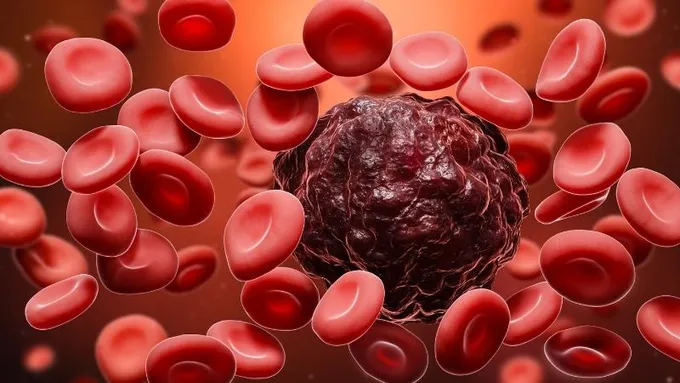
☠️ The Hidden Danger Inside Her Home
When doctors asked about her daily environment, Lan mentioned that her husband smoked heavily — at least one pack a day — and often smoked indoors, even in the living room and bedroom. Her two adult sons, who still lived at home, also smoked occasionally. For more than 20 years, Lan had been breathing in secondhand smoke every single day without realizing the long-term consequences.
Doctors confirmed that her symptoms and cancer type were consistent with exposure to tobacco toxins — not from direct smoking, but from inhaling smoke from others. In medical terms, this is called passive smoking, and according to research, it can be just as deadly as smoking itself.
💨 Secondhand Smoke: The Silent Killer
Secondhand smoke contains more than 7,000 toxic chemicals, at least 70 of which can cause cancer — including brain, lung, and liver cancers. Even short-term exposure can damage cells and weaken the immune system, while long-term inhalation drastically increases the risk of chronic diseases.
In Lan’s case, years of inhaling cigarette smoke in an enclosed home environment had slowly poisoned her body. Because she never smoked herself, neither she nor her family suspected that her declining health was linked to her husband’s habit. By the time symptoms appeared, it was already too late — the cancer had spread to her brain.
😢 The Emotional Toll on the Family
When doctors explained the cause, Lan broke down in tears. Her husband and sons were overwhelmed with guilt. “I never thought my smoking could hurt her,” her husband reportedly said, his voice trembling. “She always told me to quit, but I didn’t take it seriously. Now I can’t undo what’s been done.”
Lan’s case is a heartbreaking reminder that smoking doesn’t only harm the smoker — it harms everyone around them. The emotional and physical consequences extend far beyond the person holding the cigarette.
💡 A Wake-Up Call for All Families
Medical experts emphasize that the home should be a smoke-free zone, especially when there are children, elderly, or non-smokers in the household. Secondhand smoke can linger in the air for hours, even after the cigarette is extinguished. It clings to furniture, curtains, and clothing, forming “thirdhand smoke” that continues to release harmful chemicals into the air.
The best protection is prevention — quitting smoking completely and ensuring good ventilation in living spaces. In some countries, awareness campaigns have been launched encouraging smokers to “smoke outside” or seek professional help to quit.
❤️ A Message From Lan
Despite her terminal condition, Lan decided to share her story through a health awareness campaign. Her message was simple but powerful:
“You might think your smoking only affects you. But one day, you may realize it has taken away the person you love most.”
Her words touched thousands of people online, inspiring many families to change their habits.
Lan’s tragedy serves as a painful lesson — sometimes, the greatest dangers aren’t from strangers or the outside world, but from the habits we bring into our own homes.
News in the same category


Bed Bugs Hate This! How Diatomaceous Earth and Cloves Can Wipe Them Out

These are the consequences of sleeping with the…

5 Common Foods That Often Contain Parasites — Many People Eat Them Daily

1 Vitamin Stops Calcium Buildup in Arteries and Heart

Why this doctor refuses to prescribe statins for high cholesterol

Vegetables for people with diabetes need to know
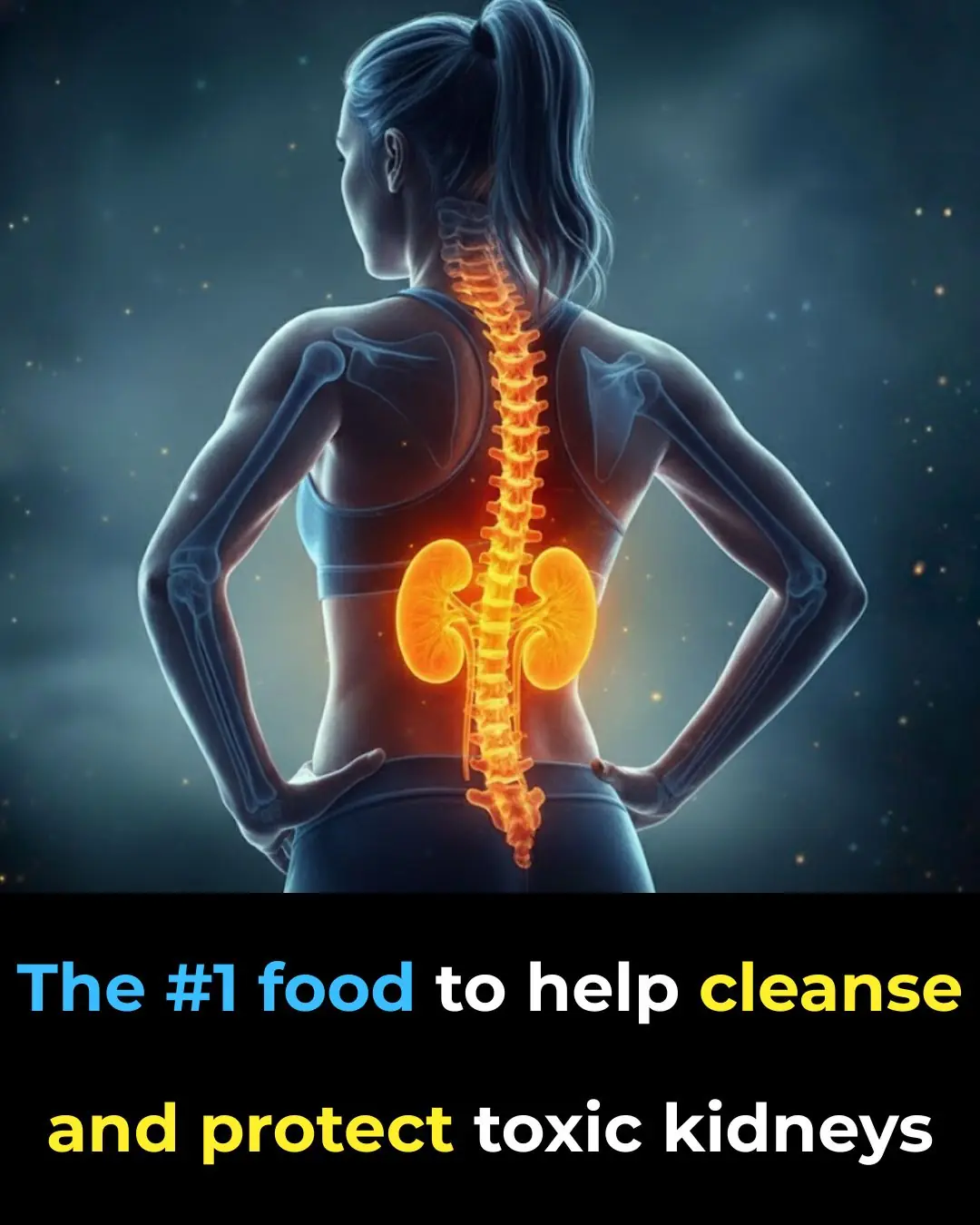
The #1 food for toxic kidneys

Top 3 Vitamins for Hip Arthritis – Say Goodbye to Hip Pain

Garlic & Cloves: The Natural Remedy for Varicose Veins and Circulation

5 foods that heal your body and STARVE cancer—eat these now!

The Impressive Health Benefits of Guava Fruit and Leaves & How to Eat Guava (Evidence Based)
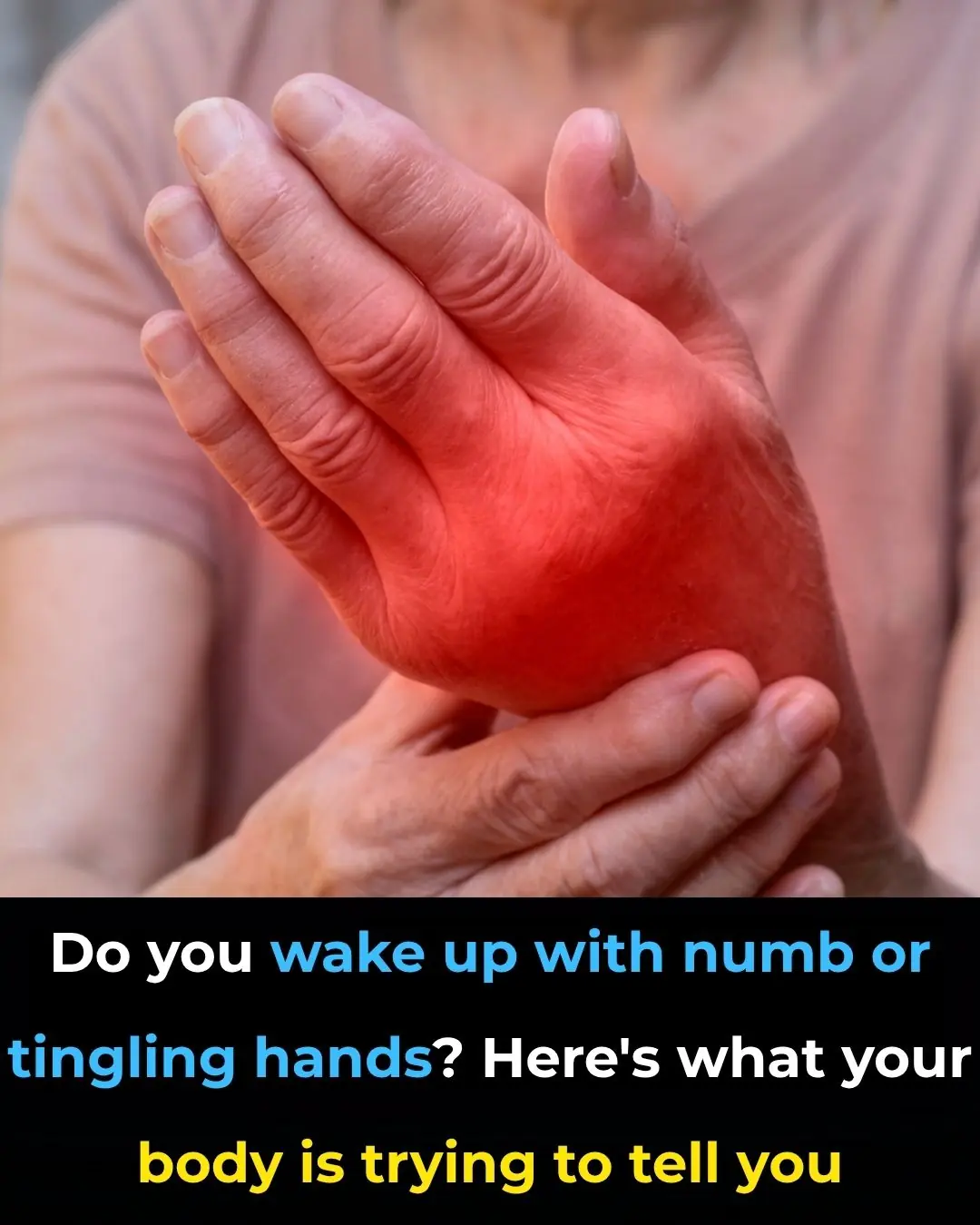
Do You Wake Up With Numb or Tingling Hands? Here's What Your Body Is Trying to Tell You

How to Control Blood Sugar Levels with a Boiled Egg

I started adding chia seeds to my breakfast every day — and within a week, I noticed some surprising changes

4 powerful vitamins that help protect you from cancer—start today!

What Happens When You Take 1 TBSP of Apple Cider Vinegar For 60 Days

The #1 Food to Unclog Your Arteries Naturally

What Your Feet Can Reveal About Your Blood Pressure, Thyroid, and Arthritis Risk
News Post

Can Onion Juice Gently Support Eye Health? A Natural Tip to Try

Bed Bugs Hate This! How Diatomaceous Earth and Cloves Can Wipe Them Out

These are the consequences of sleeping with the…

5 Common Foods That Often Contain Parasites — Many People Eat Them Daily

1 Vitamin Stops Calcium Buildup in Arteries and Heart

S:ida Acuta: Exploring the Healing Properties of this Herbal Remedy

DIY Flaxseed Collagen Night Gel for Hydration and Rejuvenation

10-Day Licorice Treatment for Dark Spots: Fade Pigmentation and Achieve Glowing Skin Naturally

Easy Recipe to Make ABC Collagen Ice Cubes at Home: The Secret to Glowing, Firm Skin

2 Mins Black Shampoo For Grey Hair

Why this doctor refuses to prescribe statins for high cholesterol

The 'divine' secret to frying

Why do we have to leave our phone face down on the table when we are not using it?
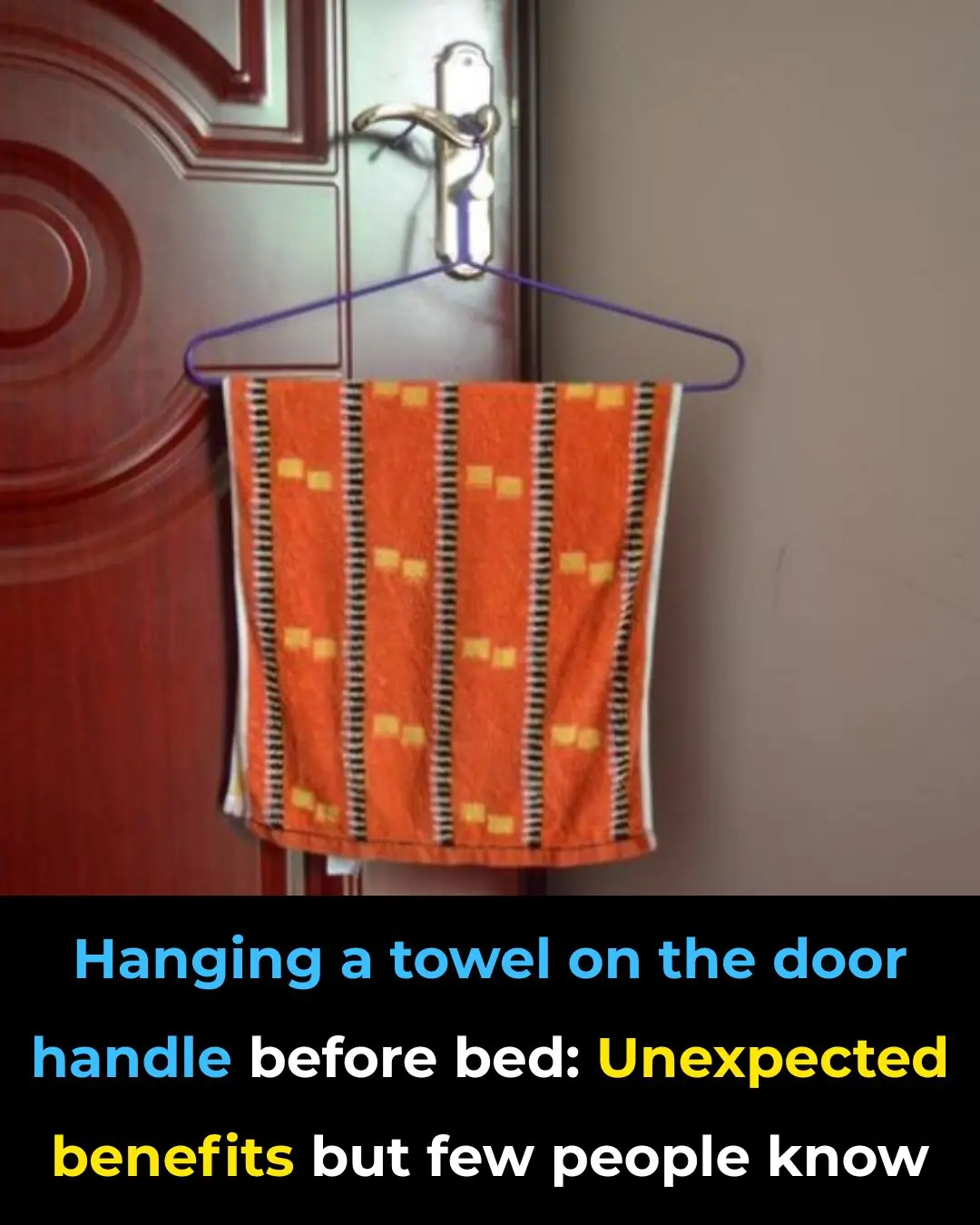
Hanging a towel on the door handle before bed: Unexpected benefits but few people know

Tips for conditioning your hair with over-cooked bamboo shoots

Treat premature gray hair thanks to the black dye formula
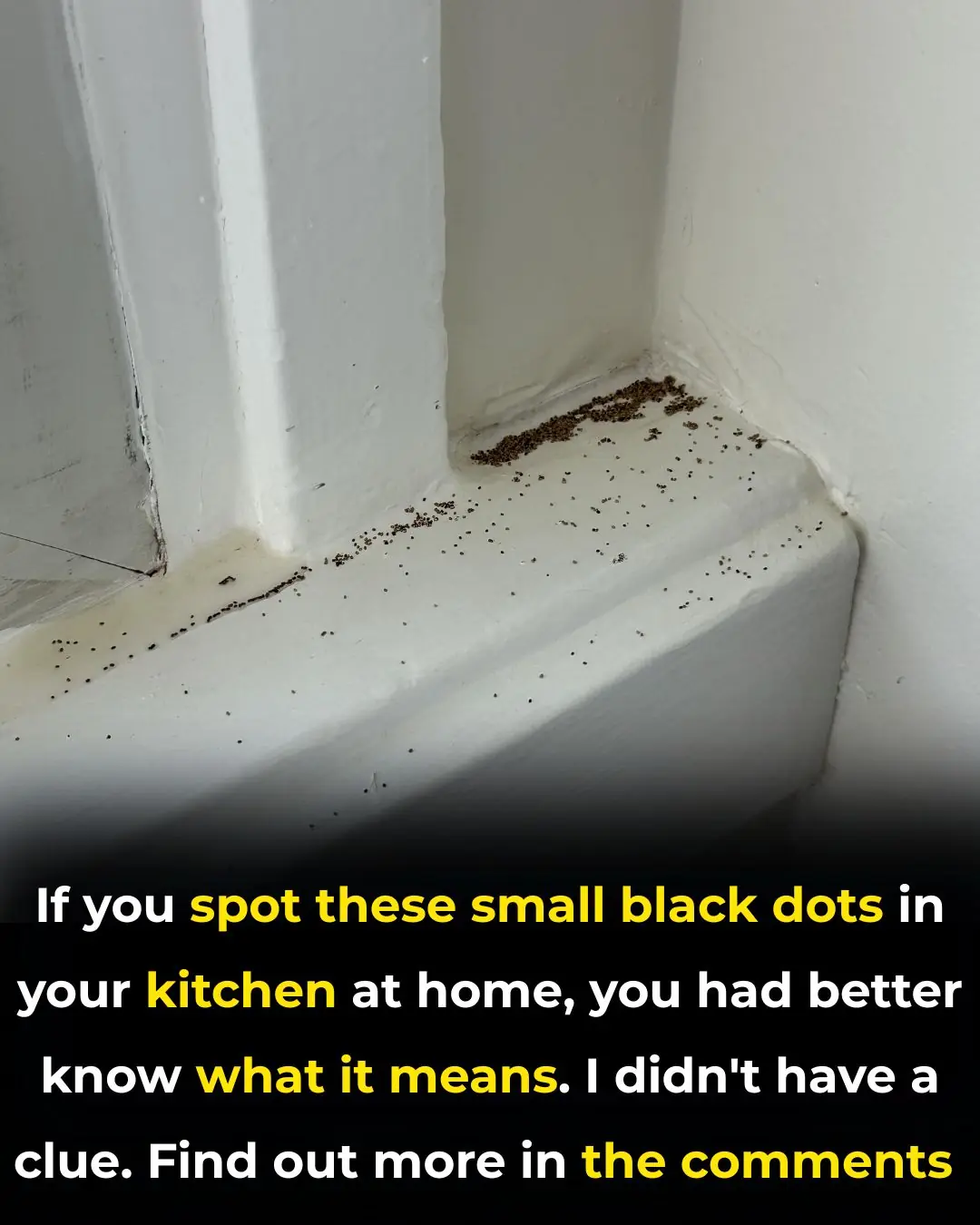
What Are These Strange Black Dots In Your Kitchen

Magic Eraser can be used for almost anything, but here's what you didn't know

Wrong understanding turns water purifiers into diseases, remove them immediately to avoid harming the whole family
